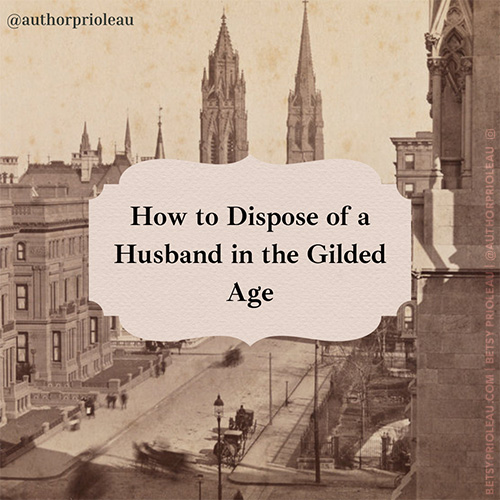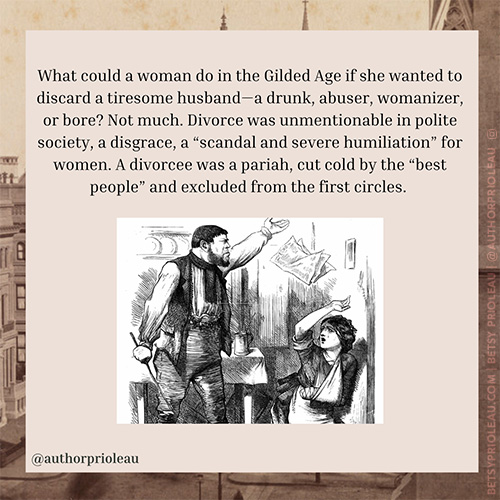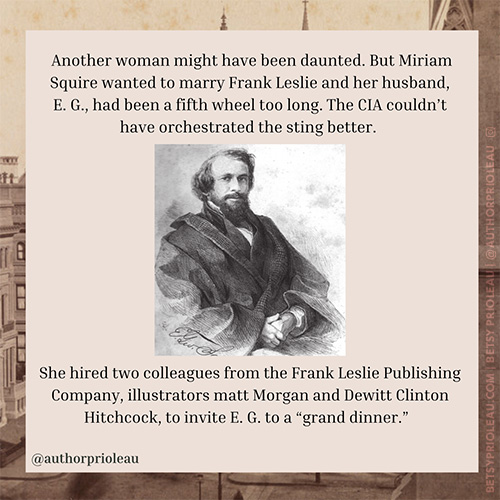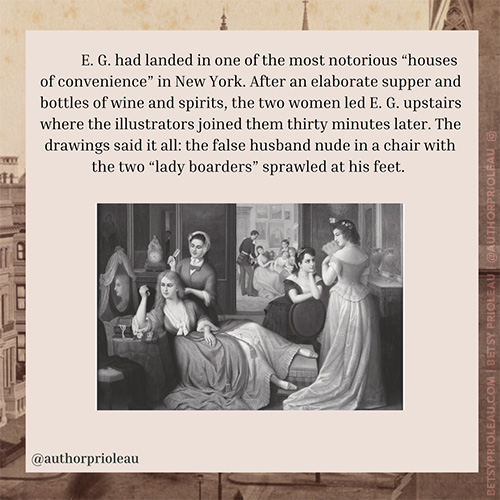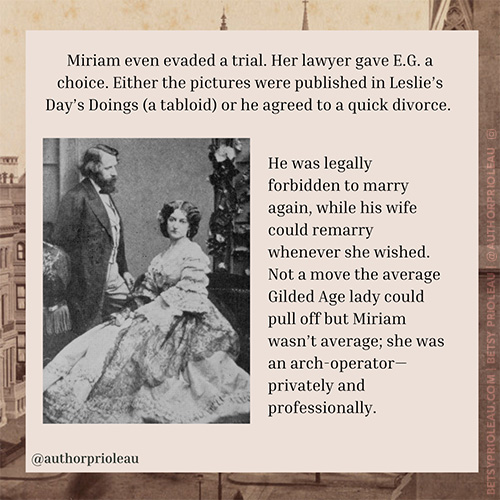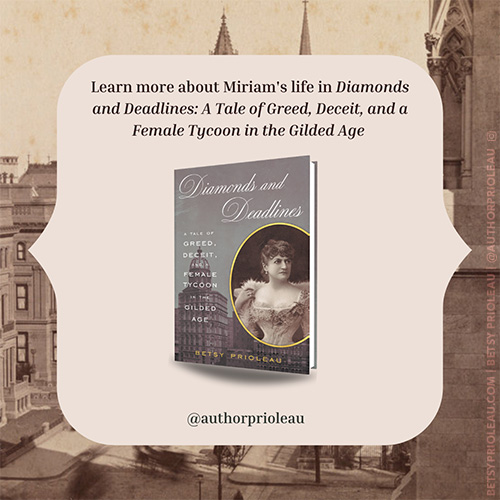What could a woman do in the Gilded Age if she wanted to discard a tiresome husband—a drunk, abuser, womanizer, or bore? Not much. Divorce was unmentionable in polite society, a disgrace, a “scandal and severe humiliation” for women. A divorcee was a pariah, cut cold by the “best people” and excluded from the first circles.
Not only was she a social outcast, divorce was nearly impossible to procure. It wasn’t enough that a husband brandished guns in the house or visited the maid upstairs each night, a woman had to produce clear proof of adultery by New York State law. This was before the tell-tale cyberworld and digital footprints.
Another woman might have been daunted. But Miriam Squire wanted to marry Frank Leslie and her husband, E. G., had been a fifth wheel too long. The CIA couldn’t have orchestrated the sting better. She hired two colleagues from the Frank Leslie Publishing Company, illustrators matt Morgan and Dewitt Clinton Hitchcock, to invite E. G. to a “grand dinner.” They led him to an elegant brownstone on Twenty-Seventh Street, where they were greeted by a stout exquisitely upholstered matron. Soon two “lady boarders” appeared in a maroon and gilt parlor in decolleté gowns who entertained the men with champagne and naughty songs.
E. G. had landed in one of the most notorious “houses of convenience” in New York. After an elaborate supper and bottles of wine and spirits, the two women led E. G. upstairs where the illustrators joined them thirty minutes later. The drawings said it all: the false husband nude in a chair with the two “lady boarders” sprawled at his feet.
Miriam even evaded a trial. Her lawyer gave E. G. a choice. Either the pictures were published in Leslie’s Day’s Doings (a tabloid) or he agreed to a quick divorce. He was legally forbidden to marry again, while his wife could remarry whenever she wished. Not a move the average Gilded Age lady could pull off but Miriam wasn’t average; she was an arch-operator—privately and professionally.
(This text content is a transcript of the images above)
Learn more about Miriam’s life and New York City in the Gilded Age in Diamonds and Deadlines: A Tale of Greed, Deceit, and a Female Tycoon in the Gilded Age
Available now

